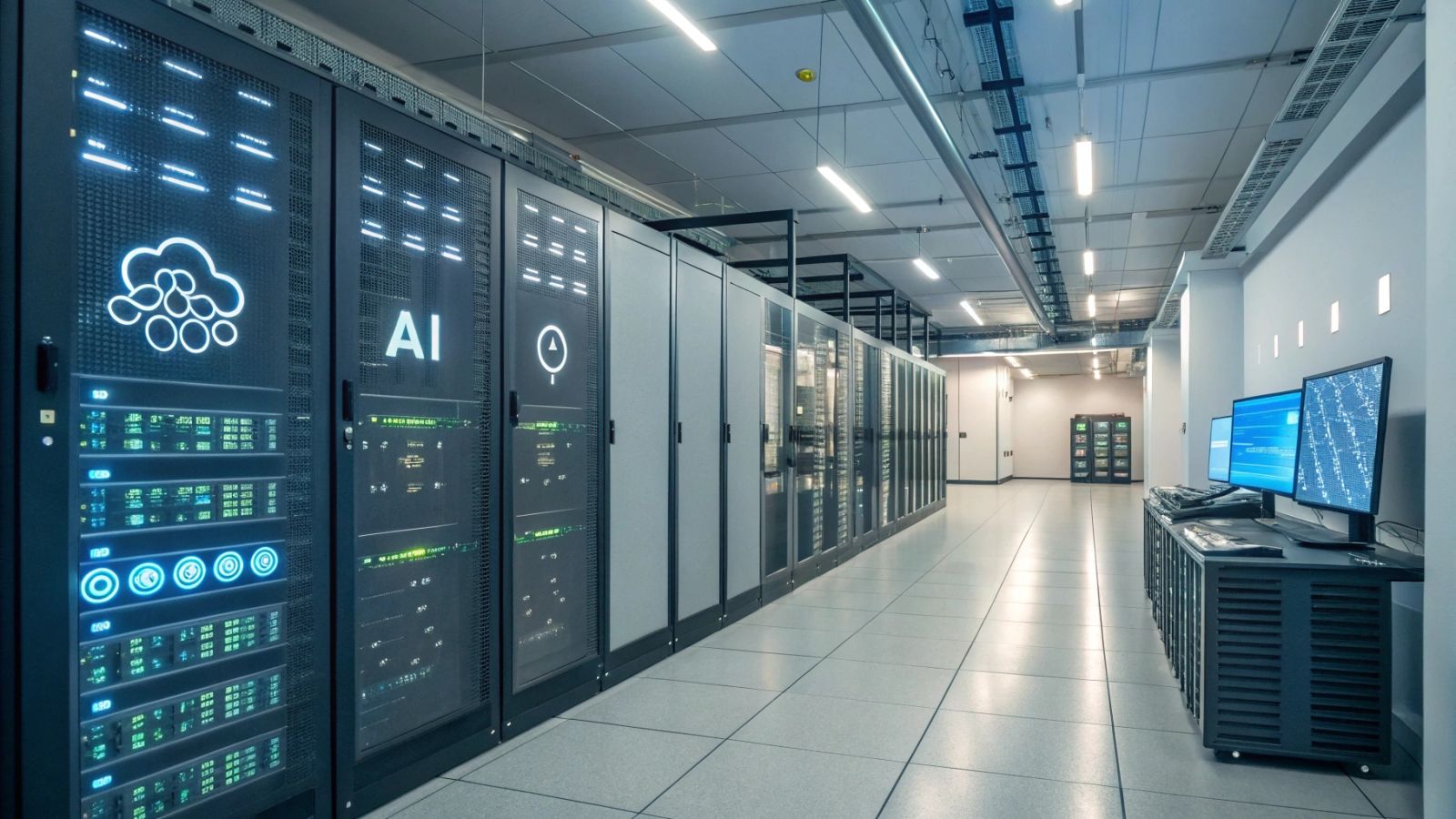Introduzione
AI energy impact: this summary explains how much AI consumes, which uses matter most and what practical steps companies and users can take to cut emissions.
Context
Quick definition: AI energy impact covers electricity and water used to build, train and run AI models across data centers and services.
Why it matters
Short answer: rapidly growing AI demand is a major driver of data center expansion and could push their share of US electricity consumption significantly higher by 2030.
Per-interaction footprint
Direct answer: text LLM queries use more energy than a standard search, but per-user impact is small; estimates vary and efficiency is improving fast.
Key figures
Reported ranges include 0.24–2.9 Wh per text response; recent analyses find values near 0.3 Wh due to smaller, optimized models.
The real problem
Quick definition: the issue is scale — embedding AI into many services multiplies requests and overall load on infrastructure.
Efficiency gains often lead to greater consumption (rebound effect), and new capacity is still often powered by fossil fuels in practice.
Big contributors
- Video streaming and large displays dominate personal digital emissions
- Data storage and continuous backups have hidden energy costs
- AI-generated video is far more energy-intensive than text responses
Solutions and practical approach
Quick definition: mitigation combines efficient hardware, smaller models, time-shifted workloads and cleaner electricity.
- Optimize models and pipelines to avoid unnecessary training and inference
- Adopt more efficient hardware and software engineering practices
- Schedule heavy loads when renewable energy is available
- Measure and disclose energy use and energy mix
"Intelligence too cheap to meter is well within grasp."
Sam Altman, CEO / OpenAI
Limits and risks
Quick definition: reported figures are uncertain; many providers do not publish independently verified data, so assumptions on mix and use-case matter.
The main risk is efficiency being reinvested into larger, hungrier deployments that increase absolute energy demand.
Conclusion
AI energy impact is real yet nuanced: individual text queries are small, while systemic effects depend on scale, energy sources and corporate policy. Technical and policy measures are needed to avoid large emission growth.
FAQ
Quick answers on measuring, reducing and understanding the AI energy impact
- How much energy does one AI query use? Recent figures point to roughly 0.24–0.3 Wh for typical text responses, but values vary by model and provider
- Is AI energy impact larger than a web search? Yes, AI responses generally consume more energy than a Google search, though the gap has narrowed
- What dominates digital emissions overall? Video streaming, large-screen displays and data storage outweigh the footprint of individual AI queries
- Which steps reduce AI energy impact for companies? Adopt efficient models, schedule heavy tasks on renewables and publish measurable consumption metrics
